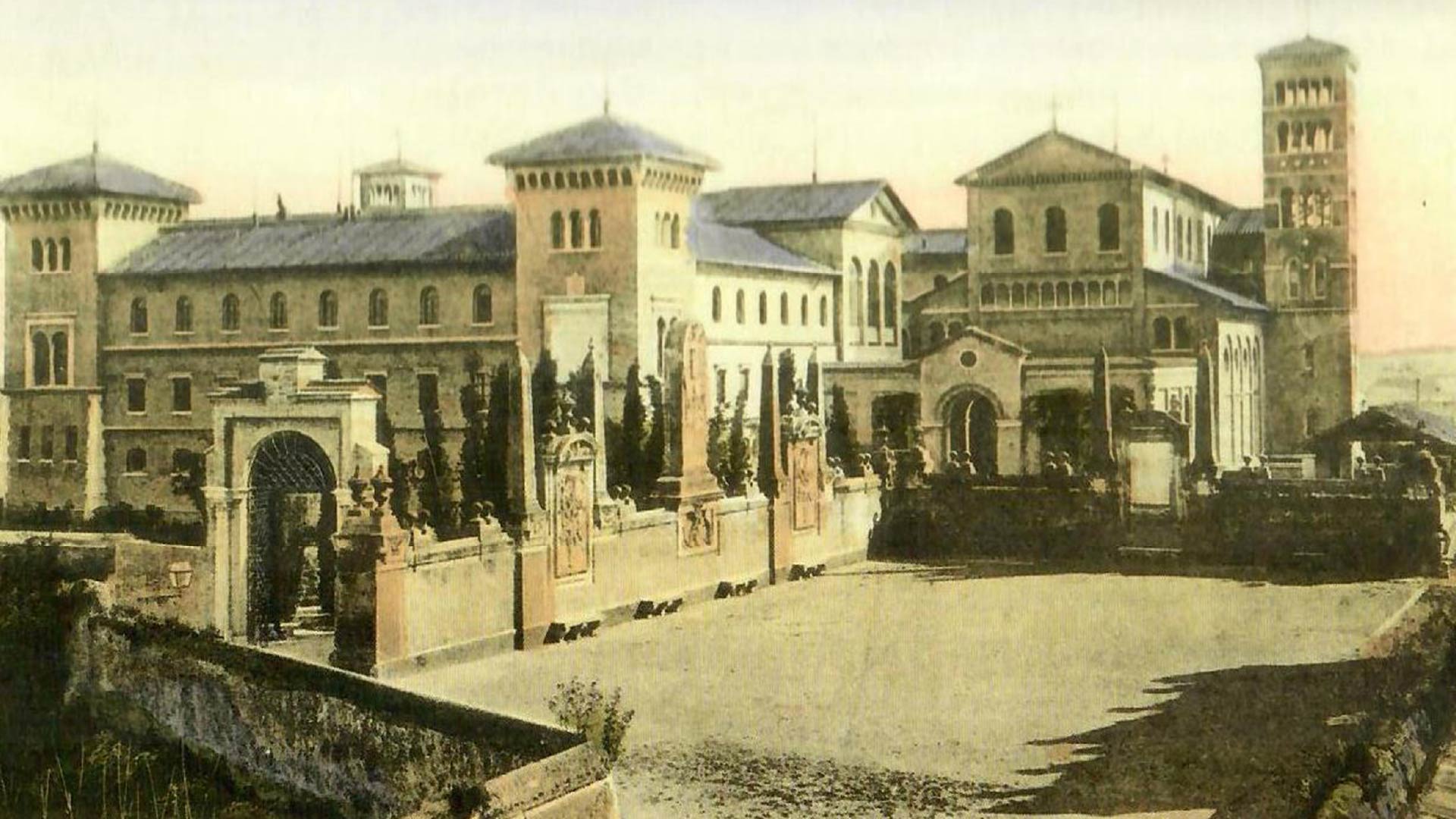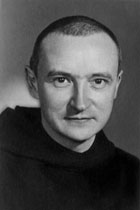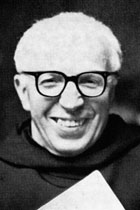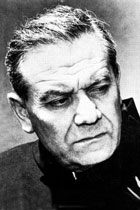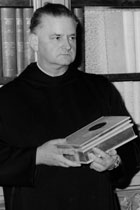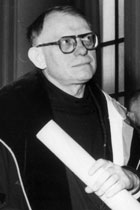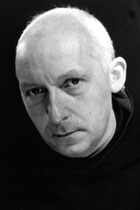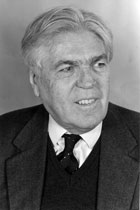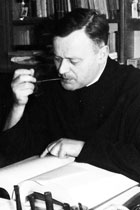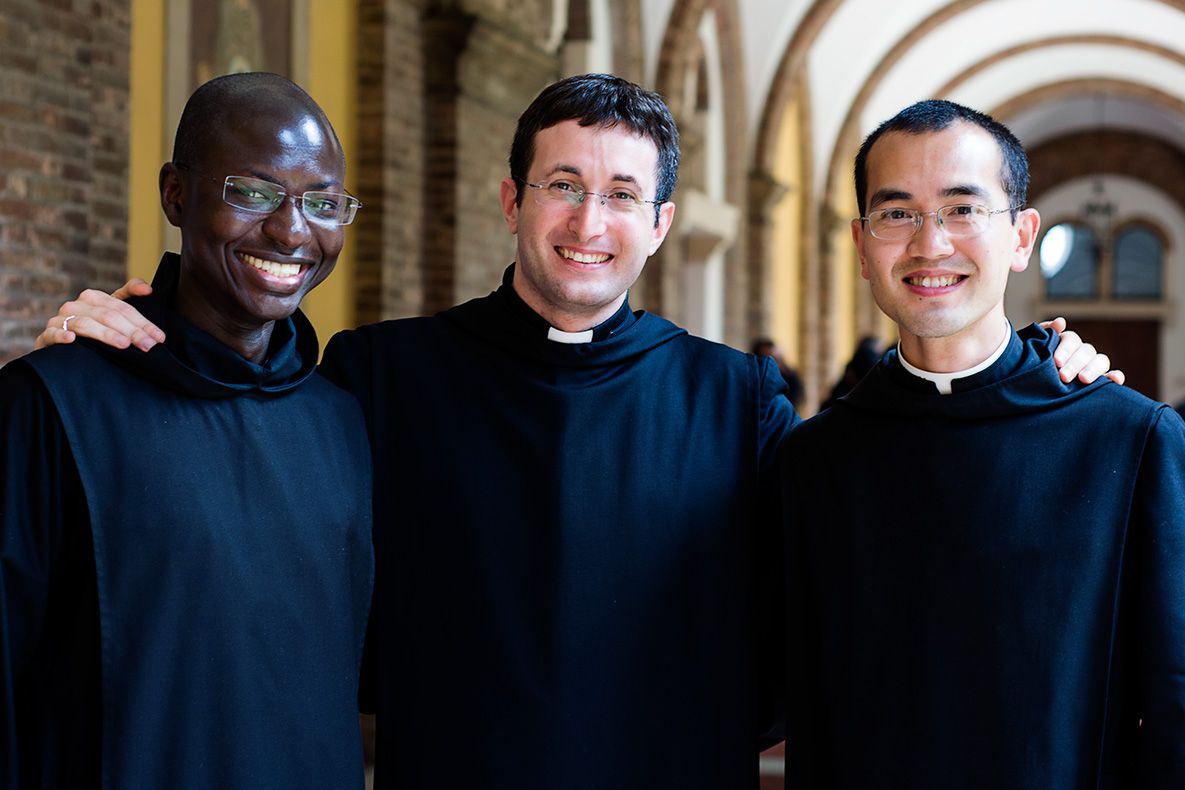The Abbey of Sant’Anselmo was refounded:
- to strengthen the union between the various groups of Benedictines, the so-called "Congregations",
- to offer a solid academic formation to the monks coming from all over the world and
- to stimulate through the contacts of the Benedictines the relationship with the Eastern churches, most of which are strongly marked by monasticism.
From the beginning, Sant’Anselmo earned a reputation for source research and for historical-critical, biblical-patristic, symbolic-sapiential reflection, with scholars such as A. Stolz, C. Vagaggini, K. Möhlberg, M. Löhrer, K Hallinger, S. Marsili, B. Studer, A. De Vogue, J.Leclercq. Furthermore, from the beginning, Sant’Anselmo provided the Holy See with competent consultants for the various dicasteries of the Roman Curia, as well as specialist help in specific projects, such as the Codex Iuris Canonici of 1917 (Cardinal Giustiniano Serédi OSB) and also that of 1982 ( Bishop Viktor Dammertz OSB). Sant’Anselmo also provided special consultants for the production of the Roman Missal of 1970, especially in the composition of the Eucharistic prayers by the aforementioned Prof. Cipriano Vaggagini. Informally authorized to confer pontifical academic degrees in theology from 1891, this right was formalized in 1914 by a decree of St. Pius X, which also included the right to confer degrees in two other faculties, those of philosophy and canon law. This decree put Sant’Anselmo on a par with the other Pontifical Universities of Rome. Following a reorganization of the studies after the crisis years of the First World War, when the university was closed for four years, the faculty of canon law was suspended in 1925. Under a new ratio studiorum of the same year, the university concentrated on the teaching of theology and philosophy. While the ratio studiorum of 1925 remained the normative basis, the faculty of theology began to develop specializations of teaching and research, which in turn led to the foundation of two institutes within the faculty: the Institute of Liturgical Research in 1950 and the Monastic Institute in 1952. The Institute of Liturgical Research became what is probably the greatest contribution of Sant’Anselmo to the universal Church when, in 1961, under the Holy Pope John XXIII, it was reconfigured as the Pontifical Institute of Liturgy, the first institute of this kind in the world. In the year 1978, this institute became a faculty in its own right and with more than 200 students is now the largest of the three faculties. It remains the only faculty of liturgy in the world with the right to confer degrees in Sacred Liturgy. After the Second Vatican Council (1962-1965), and beginning in 1968, the Congregation for Catholic Education completely reorganized ecclesiastical studies. The new plan of ecclesiastical studies requires two years of specialization - after basic philosophical and / or theological studies - before obtaining the higher academic degree of the License. This requirement meant that, starting in 1972, Sant’Anselmo began to offer specializations in Monastic Studies (in the Monastic Institute), Dogmatic-Sacramental Theology, Philosophy of Religions and, in the year 2000, the History of Theology (in the Jean Mabillon Institute). These specializations were updated in early 2012. At that time, the entire program of the Monastic Institute underwent a fundamental revision. The result of this revision is that the specialization Monastic Studies has been changed into the specialization Monastic Spiritual Theology. The program currently under construction, on "Benedictine spirituality and business management" will also be an innovation.

